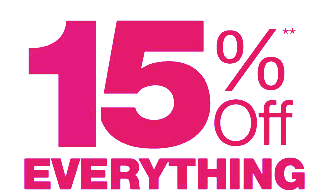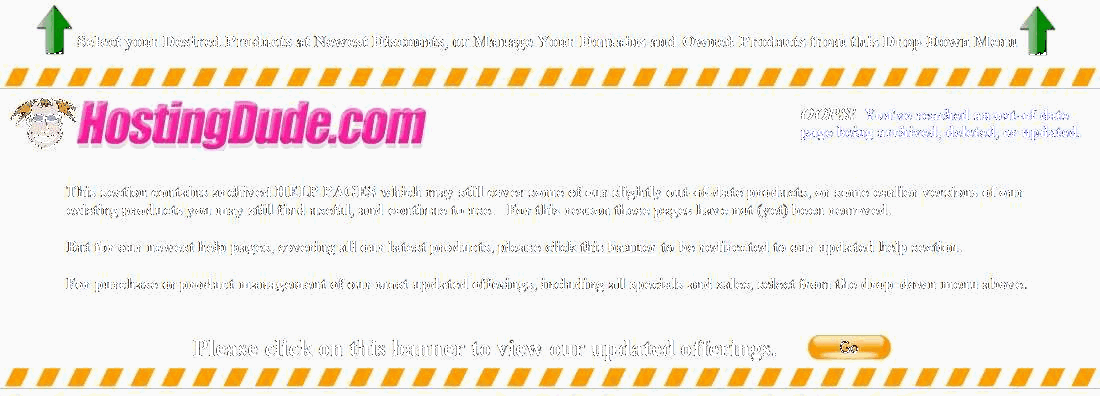Using the Wizard Builder and Advanced Builder
Quick Shopping Cart gives you two options when it comes to building your store: Wizard Builder and Advanced Builder. You can use each option exclusively or start with the Wizard Builder before moving on to the Advanced Builder.
When deciding how to get started, consider how many products you have to add to the store and how quickly you would like to get the store published. The Wizard Builder is ideal if you have a small number of products in your catalog. You can also use the Wizard Builder to add a few products and then publish to see the results (adding the rest of your products later). The following sections detail each of the steps available in the left menu of the Wizard.
Step 1: Storefront Information
Use Storefront Information to provide basic information about your business. This information displays on the storefront, as well as in the various reports and administrative features of Quick Shopping Cart.
Only the Company Name is required. All other information is optional.
Images
You can uploaded images (logo, favicon, welcome, and invoice) that display on the correlating section of your site. To add an image, click Upload and browse to the image on your computer. Selecting a new image removes the existing one. If you have an image selected and want to remove it without replacing it, click Clear Image.
To open the Storefront Information page in the Advanced Builder, from the Storefront menu, select Information. There is no difference between the Wizard Builder and Advanced Builder versions of the page.
For more information on using images, see About Images.
For more information on favicons, see Creating a Favicon.
Step 2: Product Catalog
In this section, you can add products and build your product catalog. This page enables you to detail each product and define how it is presented it in the store.
Part Number, Title, and Short and Full Description information are required. Other options are set to a default of No and you can leave the list price at $0.00 if you want.
Once created, you can edit products in the Advanced Builder. You can further define each product and add more features using the advanced product form. From the Catalog menu, select Products to access the product editor page.
Images
You can upload a picture of the product on this page, or you can use the default No Image Shown picture. Change the image by uploading a new image, or remove the image by selecting Default.
Click Save Product to save the new product and add another. Using the Wizard, click Next to save the product and move to the next step.
For more information on using images, see About Images.
Step 3: Templates
Templates is where you determine the look for your store. You must select a template. At this stage, you cannot build your own look by importing or editing an HTML design.
The current template is shown in the Current Selection menu. To preview a template, click the template thumbnail. Click Next to save the template and move to the next step.
Once selected, you can change templates in the Wizard or Advanced pages. In the Advanced Builder, from the Storefront menu, select Templates to further define your store look and feel, including layout and customization options.
For more information on template customization, see:
Changing the Color Scheme of Your Storefront.
Customizing Fonts and Colors.
Step 4: Taxes
Taxes is where you configure how to collect tax payments in your store. In most cases, this option only needs to be set one time. When a shopper purchases an item, he or she is presented with a charge labeled Taxes: as a line item in the order. If you select No Tax, then the sub-total does not include a charge for tax.
Ask your lawyer or accountant to verify the rules for collecting taxes based on online sales, since each state may have unique rules.
Select a tax option, and then click Next to save the tax settings and move to the next step. If you select VAT, you need to establish the VAT percentage on a product-by-product basis in the product editor page. If you select Flat Tax or State-based Tax, you need to set the Tax rate as a percentage. However, it is not necessary to include the "%" symbol when setting the Tax rate.
In the Advanced Builder, from the Processing menu, select Taxes to change your tax settings. The Wizard and Advanced builder are the same; there are no additional features associated with the Advanced mode.
For more information on setting tax options, see Configuring Tax Options.
Step 5: Shipping
Shipping is where you configure the shipping options available to your customers. In most cases, this option only needs to be set one time. When the shopper purchases an item, he or she is presented with the shipping options you define on this page, and a charge labeled Shipping is included as a line item in the order.
If you do not select a shipping option, then the sub-total does not include a shipping charge. The Custom option lets you charge shipping based on fixed or weight-based prices that you determine. Use this option when you want to collect a shipping fee but want to be able to arrange the exact shipping method yourself. If you select the Fixed or Weight-based option, you cannot use any other carrier. To offer more than one shipping option, you can select both U.S. Postal Service and UPS.
It is important to accurately define the weight and dimensions of each product in the product catalog because those settings are used to determine the precise shipping fee to charge your customers.
Click Enable next to the shipping option(s) you want to offer, and then go to the next configuration page to define a handling fee, specific shipping options, and prices. Or, click Next to move to the next step without selecting shipping options.
In the Advanced Builder, from the Processing menu, select Shipping to change your shipping options. In the Wizard and Advanced builder, shipping options are the same; there are no additional features associated with the advanced mode.
Step 6: Payment
Payment is where you configure the payment methods available to your customers. In most cases, this option only needs to be set one time. When the shopper purchases an item, he or she is presented with the payment options you define on this page.
To accept credit cards through your store, you must have an SSL certificate attached to your account. If your account is not secure (meaning you do not have an SSL certificate), you cannot select any of the payment gateway or POS credit card options.
Click Enable next to the payment methods you want to offer. You may need to enter account setup or configuration information for options that require additional information, and then click Save. Otherwise, click Next to save the payment settings and move to the next step.
In the Advanced Builder, from the Processing menu, select Payments to change your payment method settings. In the Wizard and Advanced builder, payment method options are the same; there are no additional features associated with the Advanced mode.
Step 7: Publish
Publish is where you preview and publish your store.
When you publish your store, it becomes available on the World Wide Web. However, it can take between 24-48 hours for the updated Web pages to be completely distributed over the Internet. Technically, this is simply a result of Domain Name Server (DNS) propagation and the amount of time it takes for any Web page to be made fully accessible on the Internet.
Click Preview Site to view a sample of your store before publishing. Click Start Publish to upload and publish your store. A status indicator displays the publishing progress. Once the publishing process is complete, click the link to your storefront shown on the bottom of the page to view your site.
For more information on this process, see Publishing Your Storefront.




